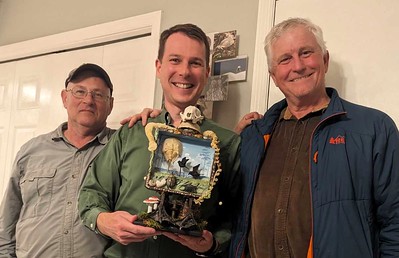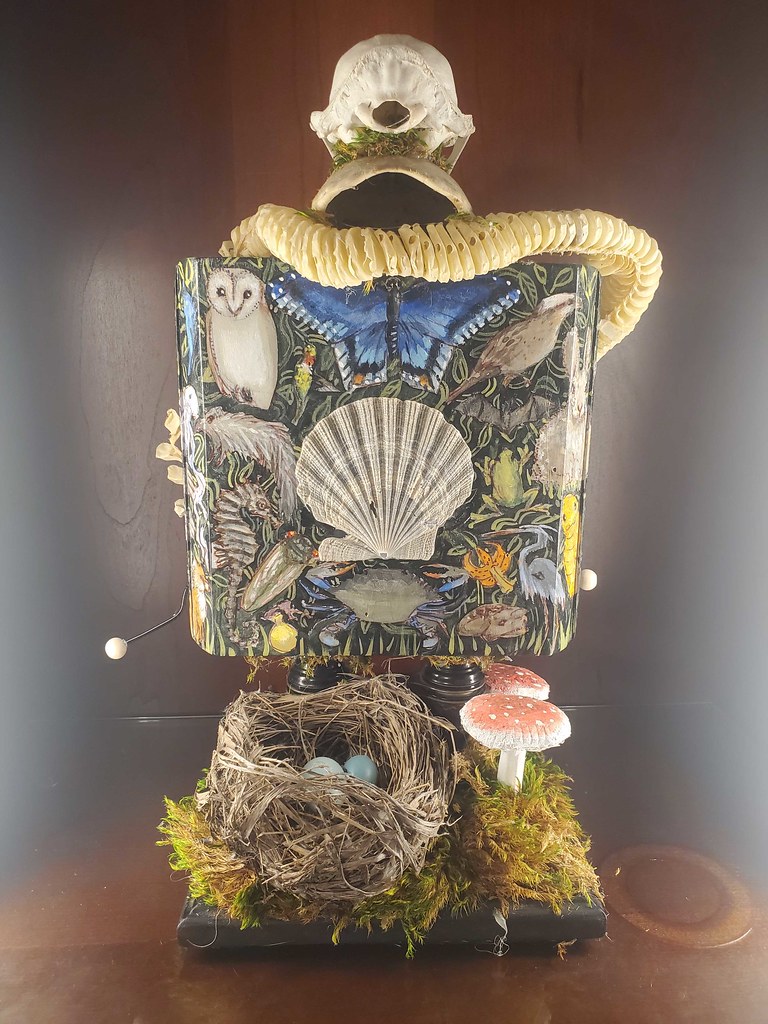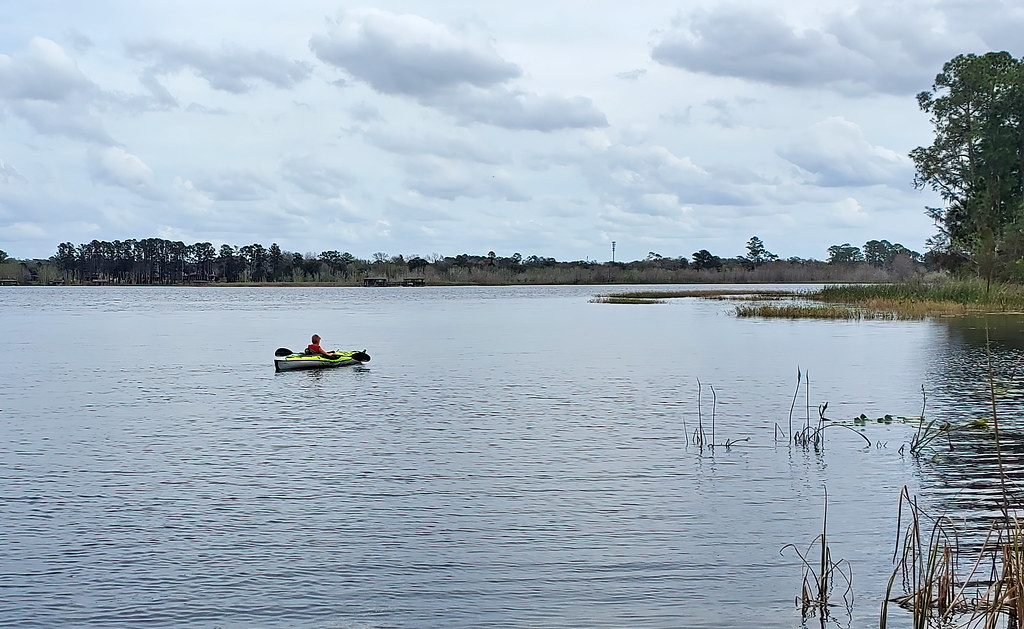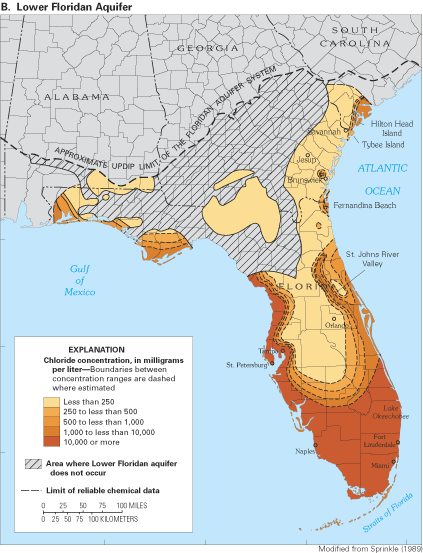2023 Wekiva River 5MR Big Year
In 2022 some friends and I competed in a year-long competition to see who could observe the most species of anything and everything within a single county as recorded in iNaturalist. I didn’t win that competition, but I explored a lot of new spots in my home County and learned a lot. Wayne Longbottom (@waynesweeds) recorded 1,583 species in Caroline County, MD, yet I only found 1,419 in Seminole County, FL. Hans Holbrook (@hholbrook) was close behind me with 1,259 species in Barnstable County, MA (See journal post on the 2022 competition).
In 2023 we were ready to do it again, but the orchestrator of the competition (@jimbrighton) wanted to mix it up. Instead of a county, how many species could we observe in a 5-mile radius circle (5MR) of our choosing? Hot dog! Not only did I have the advantage of Florida’s forever summer, but I have a lot of preserved land in my proverbial backyard. My only disadvantage was not having a coastline. My circle included Wekiwa Springs SP, Wekiva River Buffer Conservation Area, Rock Springs Run State Reserve, Lower Wekiva River Preserve SP, Sylvan Lake, and a small portion of Seminole SF. In 2022 I spent all of my time in Seminole County, yet my 5MR included portions of Orange and Lake Counties too!

The 2023 game felt different. I felt compelled to spend as much time as I could close to home, not wanting to miss short-lived blooms, or even more ephemeral mushrooms after heavy rains. By the end of the year, not only did I know where a lot of plants, fungus, and insects occurred in my local preserves, but I felt a deep sense of belonging to these spots. This was my backyard - my 5MR.
I ended the year with 1,378 species, just shy of my 2022 total for an entire county. Chase Bonanno (@chaseyb) came in second on this year’s competition with 1,101 species in her 5MR in Sarasota County, FL. Wayne Longbottom came in a close third with 1,075 species in his 5MR in Preston, MD (umbrella project for all competitors here). My annual total is just over 50% of the total number of species recorded by all iNat users in my 5MR, so I feel like there is room for improvement. I tried to walk every trail in my 5MR, and surprisingly I failed at that! However, my total was 79% of the taxonomic richness recorded by all users in my 5MR in 2023. Overall, I have observed over 700 species in my 5MR that have not been recorded by anyone else yet, so hopefully these games, aided by the iNaturalist platform, are contributing useful data.
Some of the most exciting finds included a new southernmost record for Machimus polyphemi (the Gopher Tortoise Bladetail robber fly). This robber fly lives within gopher tortoise burrows feeding on prey that also reside there; they have rarely been recorded outside the burrows. I was also thrilled to find Machimus hubbelli, a rarely encountered robber fly endemic to Florida sandhills. I was exploring Rock Springs Run Preserve with Chase in November, and she spotted the first M. hubbelli – not recognizing the species, but recognizing it as a robber fly she hadn’t seen before. Another highlight included finding a pair of Phanogomphus cavillaris (Sandhill Clubtails) at Sylvan Lake. Years ago Scott Simmons (@scottsimmons) suggested to me that Sylvan Lake may be the best remaining sand-bottomed lake in Seminole County. I’ve been checking for this species there every year since then, including searching for exuviae via kayak, but I’ve always come up empty-handed. This demonstrates how difficult it can be to detect very low-density residents!



Perhaps one of the most incredible moments of this game was when Tom Feild (@tomfeild) and Wayne Longbottom drove down from Maryland to hand off the trophy in person. Tom won the competition in 2021, and Wayne won in 2022.


The trophy is spectacular, and I am honored to house it until next year’s winner. This incredible, and movable, work of art was created by Maggii Safaty (www.maggiisarfaty.com).


Tom, Wayne, and I celebrated with a short trip to south Florida, where we found 407 species in two days. Good times!











